In Photos: Underwater 'Lost City' Reveals the Beauty of Geology
Atlantis?
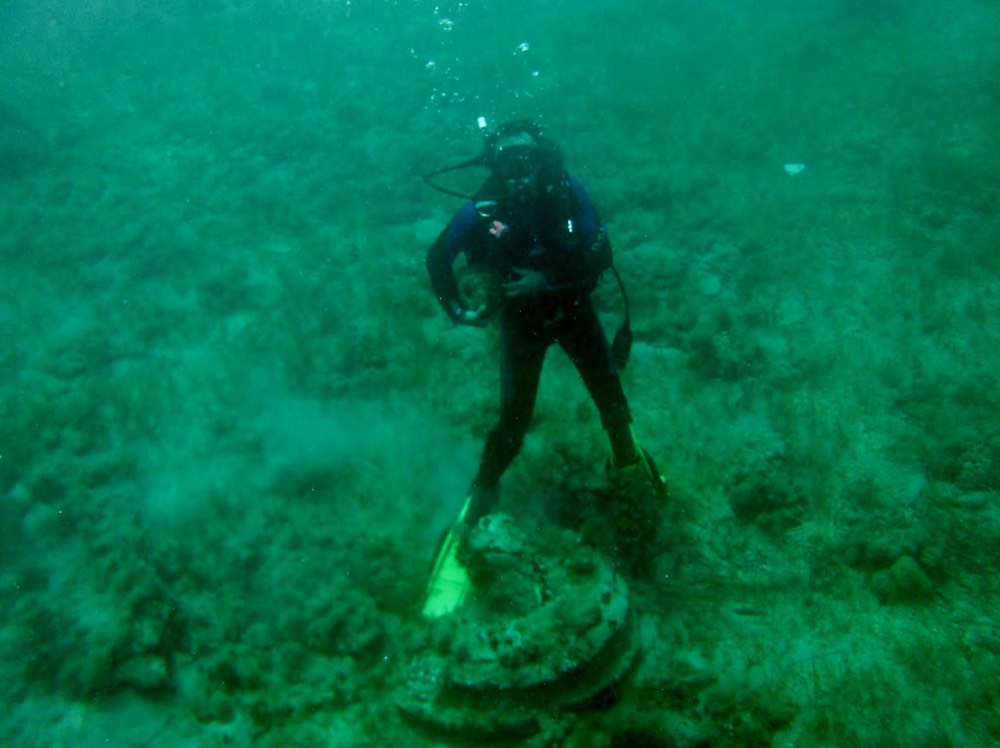
Divers off the island of Zakynthos, Greece, discovered hard structures that they thought were the remnants of an underwater lost city, one that had died out when tidal waves hit their island home's shores. The underwater structures, including doughnut-shaped and pipe-like formations, which were thought to be parts of a civilization, actually formed probably millions of years ago due to the geology of the area, researchers now say. Their work is published in the June 2, 2016, issue of the journal Marine and Petroleum Geology.
Here, a diver next to one of the round structures found at the site. [Read the full story on the "lost city"]
No Pottery
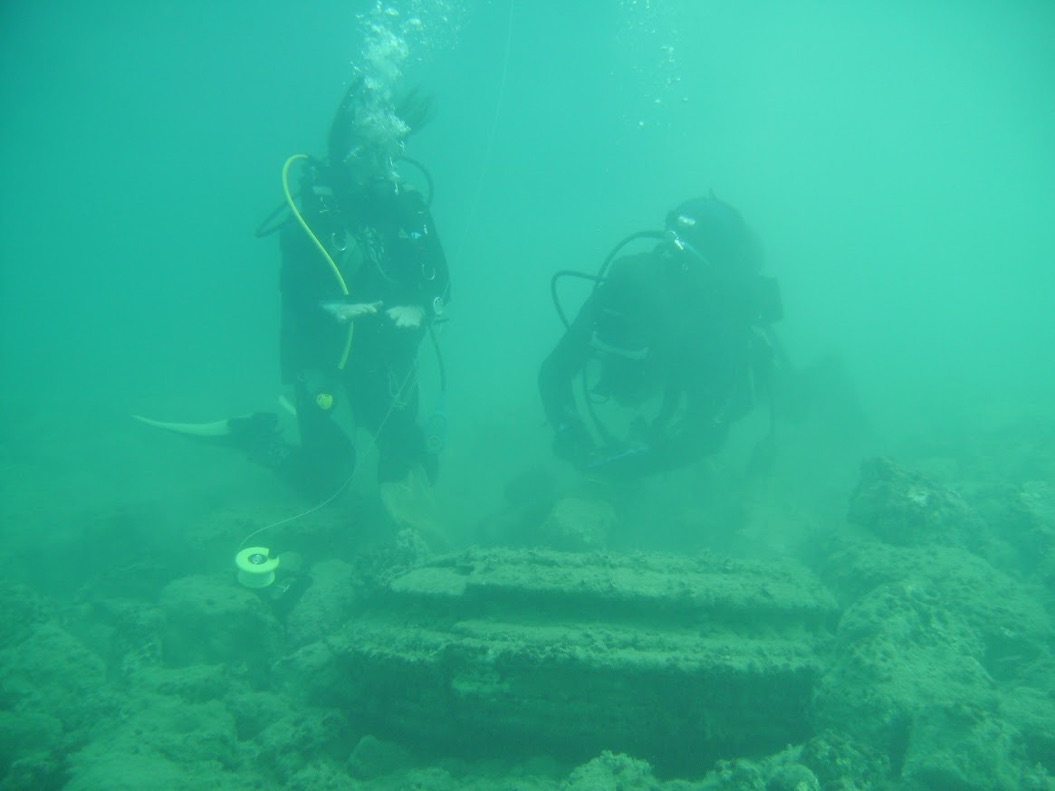
The research didn't turn up any other signs of a civilization besides the bizarre structures. "There were what superficially looked like circular column bases and paved floors, but mysteriously no other signs of life — such as pottery," lead study author Julian Andrews, a professor at the University of East Anglia's School of Environmental Sciences, said in a statement.
Architectural Look-Alikes

Disc- and doughnut-shaped structures appeared to be architectural remnants of a city, but scientific analysis showed the formations to be a naturally occurring geological phenomenon.
Spherical Structures
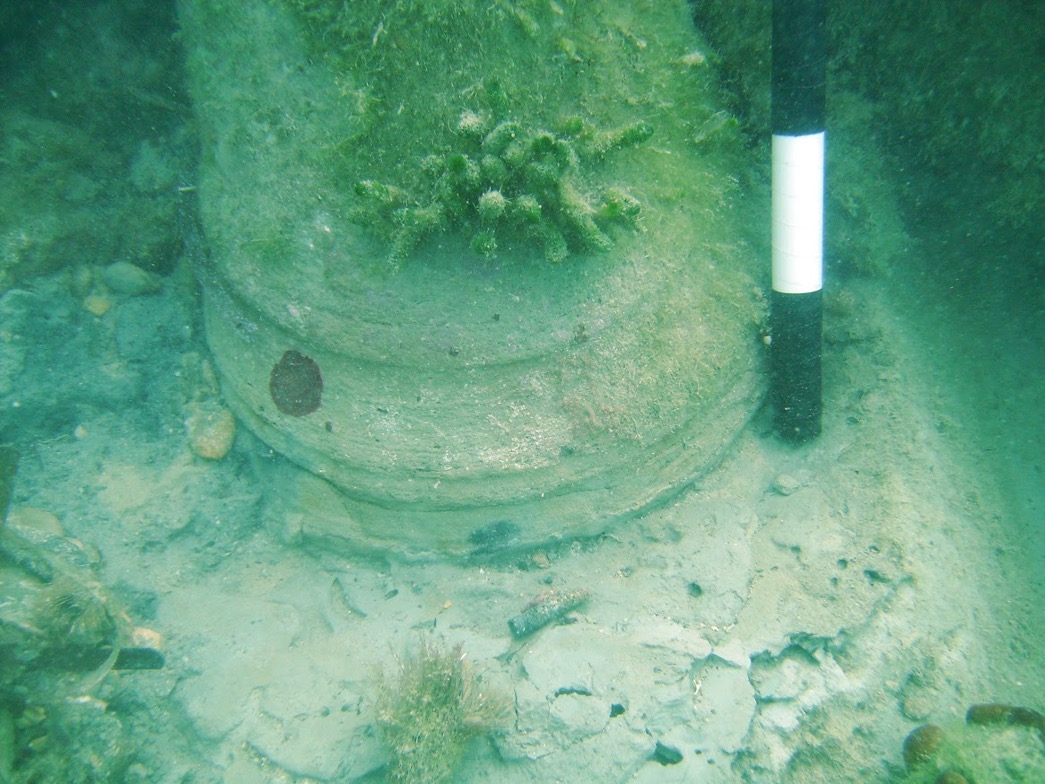
The spherical structures found at the site off of the island of Zakynthos are most likely the fossilized remains of ancient hydrocarbon seeps, where methane and other hydrocarbons escape from the seafloor into the water above.
Underwater Doughnut
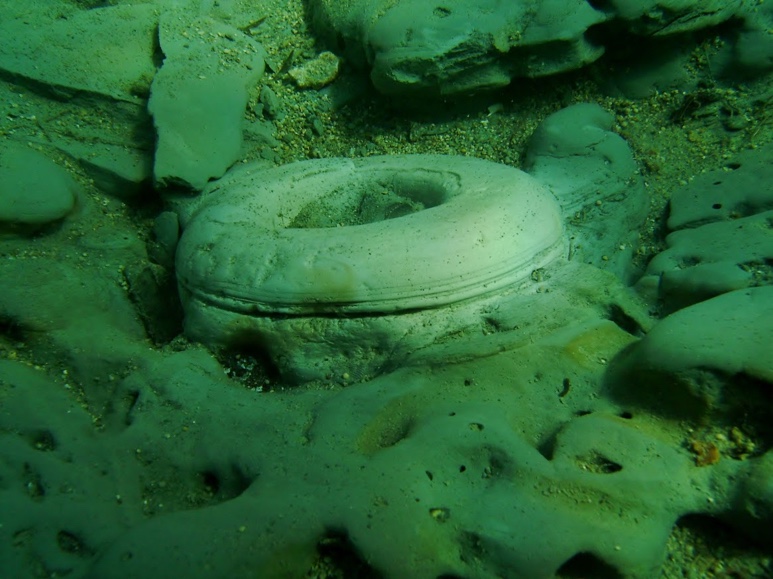
Here, one of the doughnut-shaped structures. "The disk and doughnut morphology, which looked a bit like circular column bases, is typical of mineralization at hydrocarbon seeps — seen both in modern seafloor and paleo settings," Andrews said. [Read the full story on the "lost city"]
Column Shaft
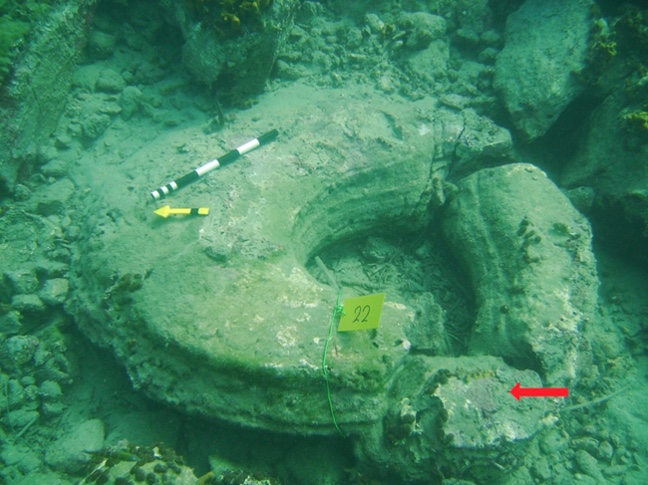
The doughnut concretion superficially resembled elements of column shafts often found in classical ruins in Greece, the researchers said. (Scale bar in image is 12 inches, or 30 centimeters, long.)
Get the world’s most fascinating discoveries delivered straight to your inbox.
The distribution of these doughnut-shaped concretions, according to the researchers, is most likely the result of a sub-surface fault that allowed gases — like methane — to escape.
Riddled by Marine Life
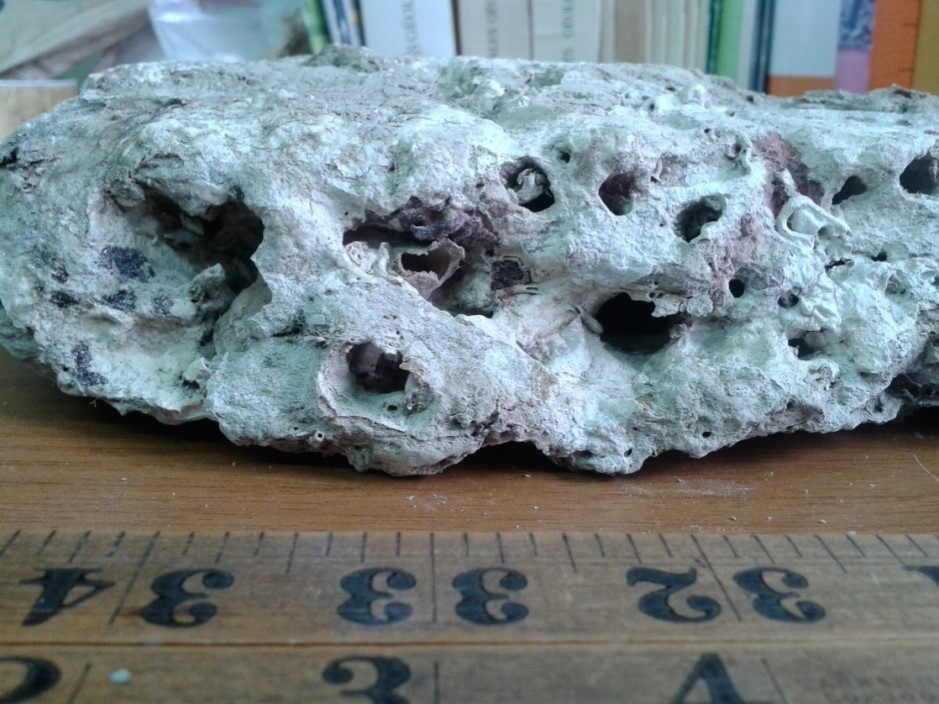
The upper surface of the doughnut concretion showed lots of boring and encrustation by marine organisms, suggesting it had been exposed on the seafloor for some time, the researchers said. Millions of years ago, the structure was likely located beneath the seafloor as part a plumbing system for a hydrocarbon seep.
Rare Find

This concretion phenomenon is rare in shallow waters, where the formations were found, as most similar sites are hundreds or thousands of meters deep underwater.
Doughnuts
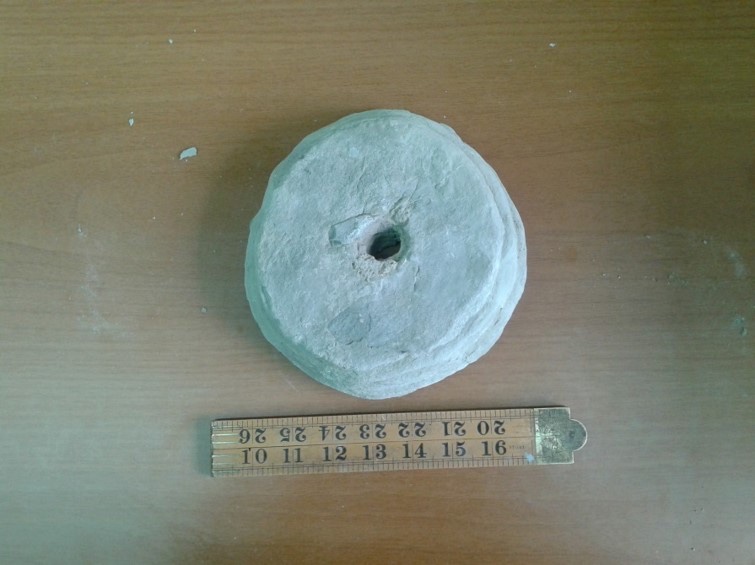
Andrews told Live Science he was unaware of any other cases of mistaking a geological phenomenon for a lost city — as the formations are very architectural looking — but noted: "These types of deposits have perhaps not been found in places where the confusion might arise." [Read the full story on the "lost city"]
Pavement?
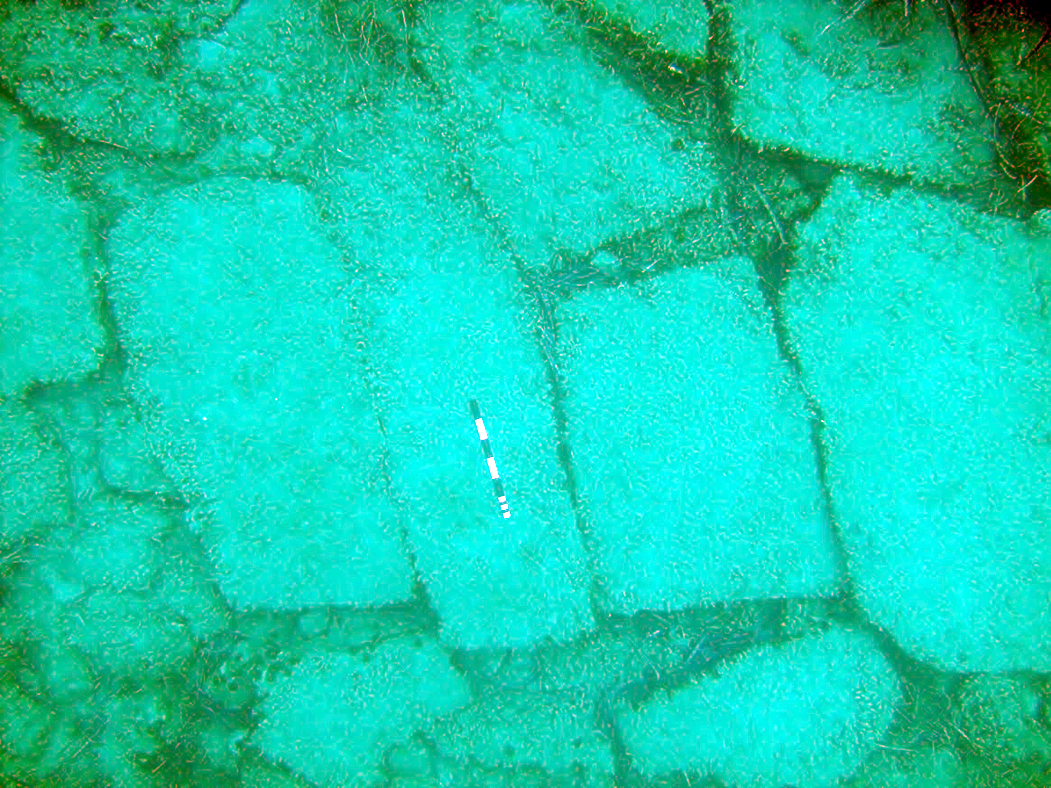
Slabs of cemented sediment at the island site resembled paving that has been seen in classic Greek ruins, the researchers noted. (Scale bar in image is 12 inches, or 30 centimeters, long.)
Pipes

Some of the structures were also pipe-like. Here, part of a 6-inch-long (15 centimeters) pipe with an off-white carbonate cement filling. [Read the full story on the 'lost city']



